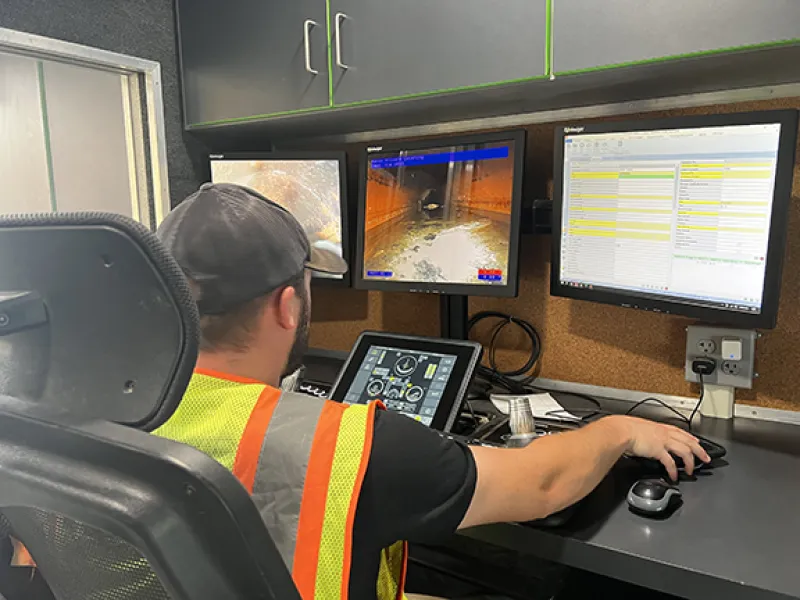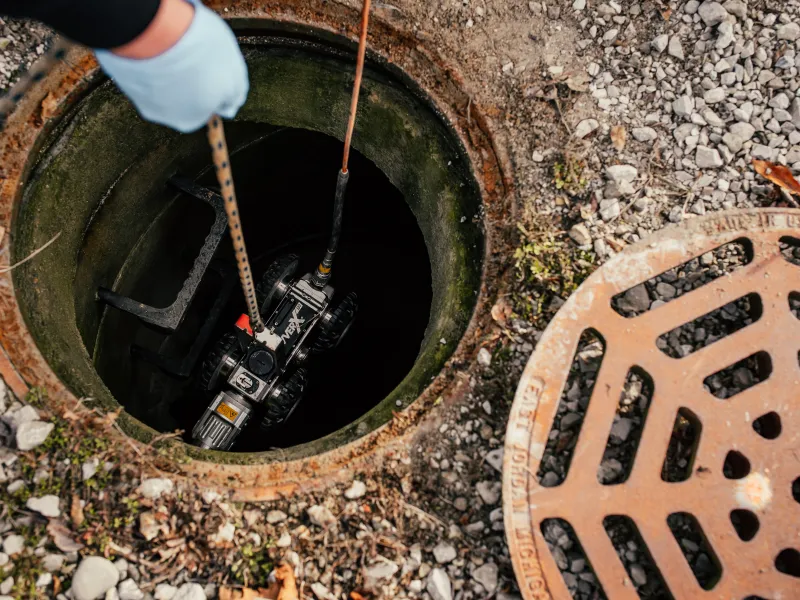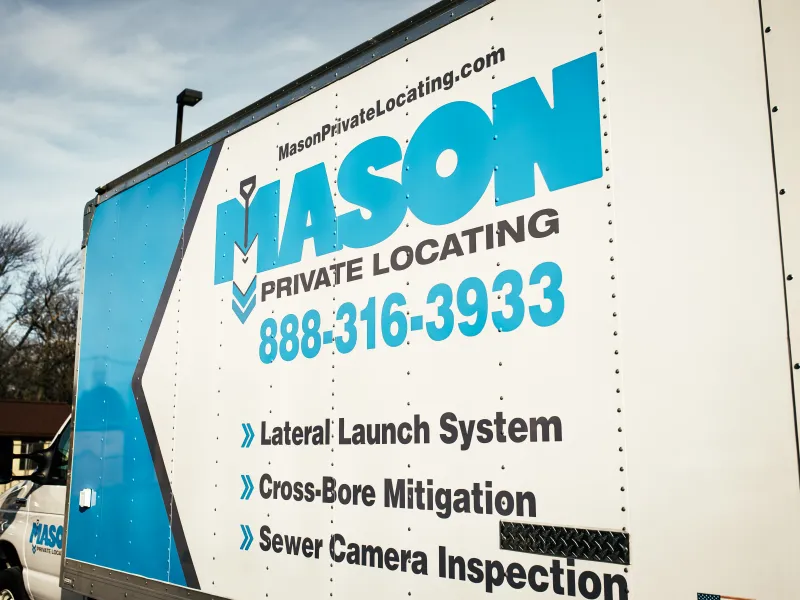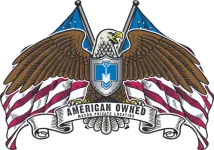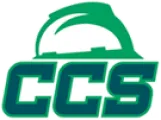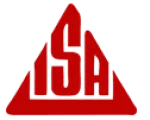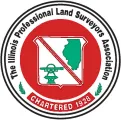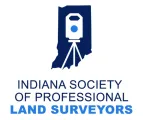Service Camera Inspection Services
Real-time Confirmation
No second guessing
With MPL’s sewer camera inspection services, you can visually see what's happening in sewer mains and laterals
Sewer Inspection: MPL uses robotic roving camera video inspection technologies to perform video inspections of large municipal and commercial sewer mains and service lines. By making use of our lateral launch cameras, Mason Private Locating can inspect mainlines and laterals to look for areas of concern, mark out problem areas in the field with paint and/or flags, and document the findings on a video recording and in a written report. MPL's robotic camera crawler services ensure you have accurate information of sewer mainlines and laterals for safer digging, blockage information, and pipe damage reports.
With MPL's Sewer Inspection and Cross-bore mitigation services, you get real-time confirmation of hidden dangers, increased worker safety and decreased liability.
Cross-Bore Mitigation: The dangers of failing to detect a cross-bore can be disastrous and dangerous for everyone involved as the crossing of sewer and gas lines has the potential risk of an explosion. Many cross-bores involve sewer laterals on private property, which are exempt from One-Call legislation in many states. These sewer lines are often not made of metal and are difficult for pipeline installers to locate using traditional methods. As a result, lateral sewer lines have not always been located and marked prior to drilling, which can potentially lead to cross-bores being created. MPL's lateral launch camera services will help diggers and project managers precisely pinpoint the source of sewer blockages and mitigate cross-bore danger.
Industry Facts on Sewer Inspection / Cross-Bore Mitigation
Sewer Inspection
-
Robotic Camera Sewer inspections are a great way to inspect and pinpoint the exact location of a blockage in one of your pipes.
Sewer camera inspections can identify damages and imperfections such as sewer line cracks, infractions, and blockages.
MPL's sewer camera inspection services can pinpoint the source of your piping issues without having to conduct any invasive excavations.
MPL technicians navigate a robotic video camera through a utility line, via a remote control, which then provides a video feed of the pipe's interior to an on site monitor for viewing.
When an inspection is performed with a video camera, the footage immediately informs the technician of everything that is going on inside the line itself.
Cross-Bore Mitigation
Cross-bores first entered industry, policy and public awareness in 1976 when a sewer drain cleaner hit a cross-bored gas line, causing an explosion that resulted in two deaths.
Attempts to clear sewer blockages caused by cross-bores can result in punctures to gas lines and lead to gas leaks into residences and businesses with the potential for explosions. The Gas Technology Institute reported 18 major cross-bore incidents between 2002 and 2012.
The United States has over 2.5 million miles of pipelines. There are also over 800,000 miles of public sewers and 500,000 miles of private lateral sewers connecting private property to public sewer lines.
Many cross-bores involve sewer laterals on private property, which are exempt from One-Call legislation in many states.

